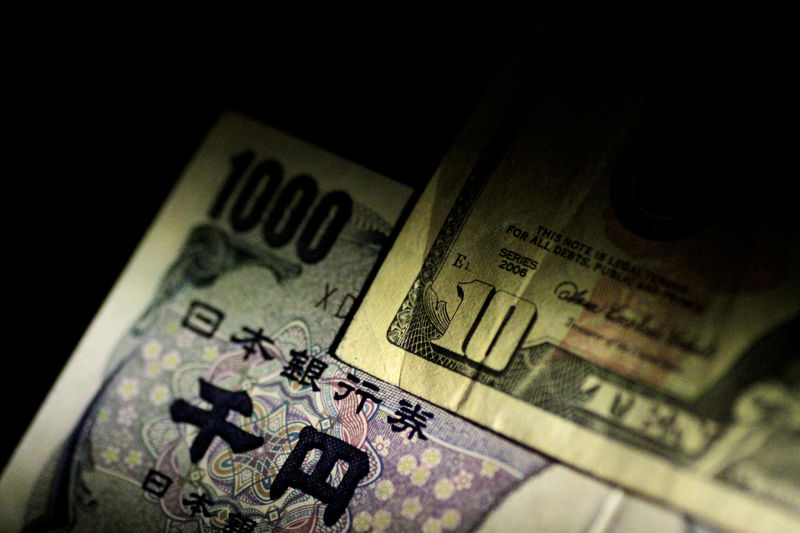Investing.com — Most Asian currencies weakened on Friday, with the Japanese yen recovering marginally from a five-month low, as strong inflation data only partially offset a subdued outlook for the Bank of Japan.
Regional currencies were under pressure from broad-based pressure on the dollar, which hit its highest in more than a year after the Federal Reserve signaled a slower pace of rate cuts in 2025. The dollar remained well bid even as markets positioned for a possible US government shutdown. .
The and rose marginally in Asian trading and were at their strongest levels since November 2023. The focus now is on key data due later on Friday for more clues on interest rates.
The Chinese yuan weakened to the lowest level in more than a year after Beijing left a key interest rate unchanged.
The yen rises from a five-month low on strong CPI; BOJ outlook is mild
The Japanese yen was among the better performers on Friday, with the pair down 0.2% as inflation data for November was slightly stronger than expected.
But the yen tumbled to its weakest level in five months on Thursday, with USDJPY rising to 157.93 yen, its highest level since late July.
While strong CPI data made the case for an eventual rate hike by the Bank of Japan, comments from Governor Kazuo Ueda on Thursday suggested a rate hike will happen later rather than earlier in 2025.
The central bank has indicated that inflation will continue to rise. But Ueda’s comments on wage negotiations in the spring suggested a pay increase might not happen until March.
The yen’s recent weakness also led to renewed speculation about government intervention, after ministers issued a verbal warning about the yen’s weakness.
Chinese Yuan at One-Year Low; The PBOC leaves the prime rate for loans unchanged
The Chinese yuan pair rose 0.2% to reach its highest level since November 2023.
The People’s Bank of China left its benchmark unchanged on Friday, as was widely expected, with the central bank having limited room to cut rates further amid ongoing yuan weakness.
Looser monetary policy has also provided limited support to the Chinese economy over the past year, with Beijing expected to increase fiscal spending in the coming year to boost growth.
Broader Asian currencies weakened mainly on Friday and saw sharp declines this week as traders continued to favor the dollar. The Australian dollar pair fell 0.2% and remained at a two-year low, while the South Korean won pair rose 0.4% and was close to a nearly 15-year high.
The Singapore dollar pair remained flat, while the Indian rupee pair remained stable after hitting a record high above 85 rupees earlier this week.


